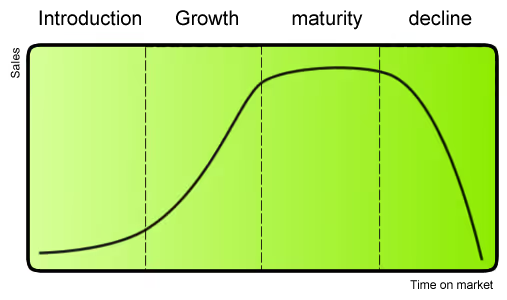How Yard Management Fits Into the Cold Storage Supply Chain (And Why You Need It)
The cold chain is a mix of science and technology facing different challenges other industries don’t have to worry about - understanding the chemical and biological processes linked to perishability down to the materials used for temperature controlled construction. When referring to cold storage you might just think of food, but candles, film, plants, lipstick, and medicine can all last longer or prevent damage through cold storage. From manufacturing to transportation, the cold storage supply chain involves a lot of parties and one area in particular – yard management – plays a critical role in getting products safely to customers. Below are three challenges cold storage manufacturers are faced with and how a yard management system plays a significant role for the safety, lifecycle and visibility of products.
1. Maintaining the Right Temperature and Humidity
Ensuring products are protected through temperature control and humidity can be challenging as sustainability varies for different items. Not only are you tracking the temperature of your rooms but you are also monitoring all the materials and their shelf-life before they need to be replaced or repaired. With 95 billion pounds of perishable food in storage on any given day, a variety of equipment and materials including cold storage warehouses, dedicated rooms, refrigerators, shelf labels, batteries and packing materials are made to handle such harsh environments – all of which come at an additional cost. Fortunately, there are several companies such as who are dedicated to providing software to automate and monitor cold storage products. Additionally, 3PL providers have built an extensive network of customers with high expectations to provide cold storage solutions resulting in reduced costs for manufacturers.
2. Maintaining Product’s Lifecycle
Today’s consumer wants fast products and fresh food items but often know little about the product lifecycle and the strategies that are involved in each phase.
The product lifecycle includes four stages – (1) the introductory phase, (2) the growth phase, (3) the maturity phase and (4) the decline phase. The introductory phase is the initial product launch. The growth phase is often considered most important as quantities increase. As production slows and meets demand, the maturity phase has evolved. Eventually, costs may rise and production quantities fall in the decline phase and all products meet the end of life stage.

The cold chain is affected most in the growth phase and maturity phases. As growth of products increase, there is increased demand on production, cold storage and transportation. With perishable items, maintaining the temperature is necessary to ensure quality and safety from point of manufacture to table. Failing to do so can results in bruising and bacterial growth. Damages of non-perishable items are significantly reduced in temperature controlled rooms. Candles for example would not hold their original form if the storage temperature were too hot, ultimately melting and resetting into a different shape. It is crucial that manufacturers have the right software to monitor the temperatures through the product lifestyle stages.
3. Product Traceability
More than ever, consumers want to know where the lipstick on their face came from or how the lettuce was grown, what kind of soil it was grown in and what chemicals were used. Consumers want visibility and this is exactly where yard management comes into the picture.

After cold storage products have been manufactured and stored safely, whether that be through a 3PL’s cold storage facility or a private on-site facility, eventually the product is purchased and needs to be transported to a store or distribution center. Yard management software integrates with almost any system, big or small, to ensure your dock appointments are running smoothly, on-time and that you are alerted if temperatures on refrigerated trucks are unsafe. Even better, the refrigerator trucks don’t arrive at the dock door until they are at the correct, safe temperature. The greatest advantage of a yard management system is knowing where everything is in your yard, ensuring cold products are efficiently being loaded or unloaded for transport.
The benefits of a yard management system in your cold chin is ultimately reducing costs through increased visibility, efficiency and reduced detention or demurrage fees. With high operational costs that lend itself to the cold chain, finding ways to keep costs low is crucial. Remember your yard, it could become the most expensive mile without the right system.



